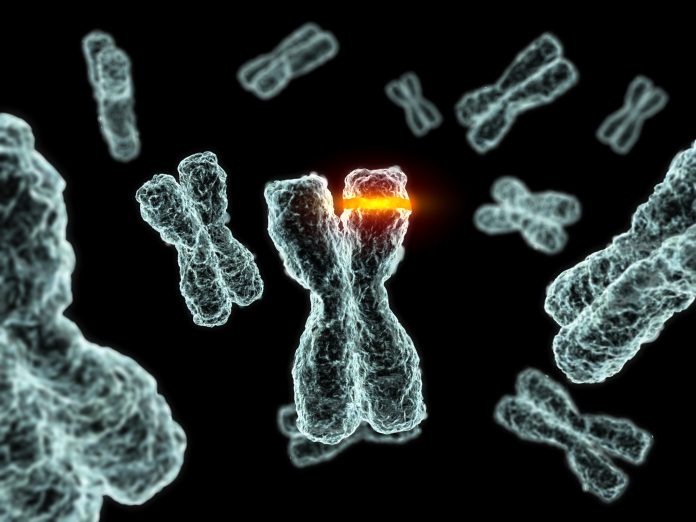
A large study led by the University College London and Queen Mary University of London shows that repeat expansion disorders are a lot more common than previously thought meaning that many people with these conditions probably evade diagnosis.
As reported in the journal Nature Medicine, lead author Arianna Tucci, PhD, clinical reader in genomic medicine at Queen Mary University of London, and colleagues discovered that as many as 1 in 283 people could have repeat expansion disorder mutations.
Repeat expansion disorders include conditions such as fragile X syndrome, some forms of amyotrophic lateral sclerosis (ALS), frontotemporal dementia, and Huntington’s disease, among others. They are caused by the expansion of short sequences of DNA within specific genes. These expansions are inherited by children of carriers and the mutations often get larger in subsequent generations, which can lead to worsening symptoms.
They have individually been considered rare diseases, although when they are combined together current estimates suggest around 1 in 3000 people are affected by one of these conditions. These diseases are very heterogeneous with large variation in mutation types and associated symptoms, meaning they can sometimes be hard to diagnose correctly.
Tucci and colleagues used whole genome sequencing data to look for repeat expansion disease mutations in 82,176 people who participated in the 100,000 Genomes Project in the U.K. that was completed at the end of 2018.
The study results showed a repeat expansion disorder allele frequency of 1 in 283 individuals in the study. Using a model to estimate disease prevalence from the study data that included genetic data, age at onset and survival, the team report that the number of people with these types of genetic diseases is likely to be two to three times higher than current figures suggest.
“This very important advance may indicate that repeat expansion disorders like Huntington’s disease are nearly three times more common than we think, meaning we’re underdiagnosing these conditions,” said Tucci in a press statement.
“Alternatively, the presence of certain DNA repeats may not lead to illness in some people. This could herald a major shift in how we think about genetic testing, profiling and counseling.”
The researchers now plan to study bigger groups of people who have these mutations to assess how repeat expansion disorders develop in these individuals.
“Despite efforts to estimate the frequency of repeat expansion disorders globally and locally, there is uncertainty surrounding their true prevalence, limiting the knowledge of the burden of disease required to secure dedicated resources to support health services, such as the estimation of the numbers of individuals profiting from drug development and novel therapies, or participating in clinical trials,” write the authors.
“There are currently no disease-modifying treatments for REDs; however, both disease-specific treatments and drugs that target the mechanisms leading to repeat expansions are in development. We have established that the number of people who may benefit from such treatments is greater than previously thought.”










